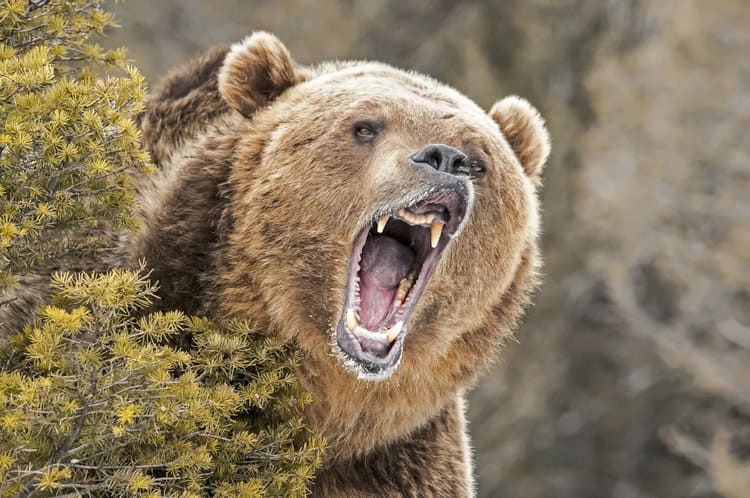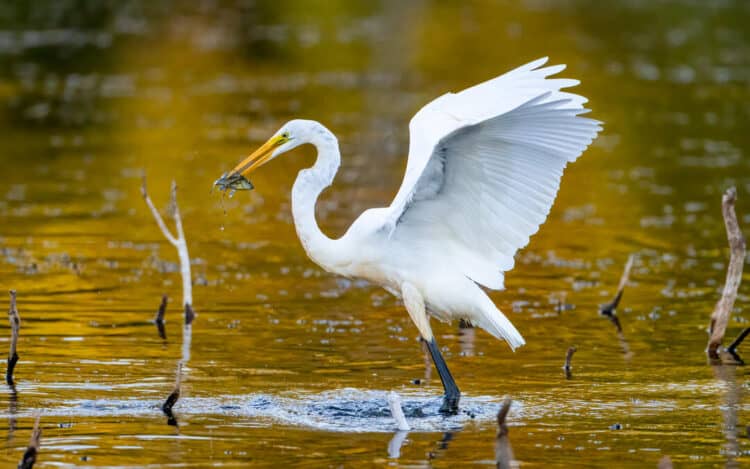Climate change isn’t just about extreme weather; it’s also reshaping our encounters with wildlife.
Bears, those majestic creatures of the forest, are finding their habits disrupted, leading to increased interactions with humans.
It’s a pressing issue that calls for a fresh perspective and urgent learning to mitigate conflicts.
The transformation of ecosystems due to climate change is altering bears’ natural behavior.
Food scarcity is pushing these animals closer to human habitats in search of sustenance.
An example that stands out is the heart-wrenching incident in Yukon, where an undernourished grizzly bear, driven by hunger, tragically ended two lives.
Such incidents, once rare, are now sparking concern as they become more frequent.
These occurrences underline a harsh truth: bears are active during periods previously deemed safe by humans. The assumption that bears hibernate through the winter is no longer a certainty, with reports of winter-active bears on the rise.
The question of whether more people in bear habitats lead to more conflicts used to have a straightforward answer: Yes. But now, the scenario is complex. Research suggests that this correlation isn’t as clear-cut as we once believed, at least not for polar bears in Canada’s north.
What’s needed now is innovative research that connects the dots between climate-driven environmental changes, bear behavior, and the subsequent human-bear encounters. Specifically, we should look at the polar bear’s plight, as they’re singularly affected by the melting sea ice, which impacts their hunting patterns and could inform our understanding of other bear species.
In this new era of coexistence, research must integrate Indigenous and local knowledge with scientific findings. These communities, deeply connected to their environment, are invaluable in crafting strategies for safe human-bear interactions.
To stay safe in the evolving landscape of bear country, we must blend traditional expertise with scientific insights. As our world changes, so must our approach to living alongside its wild inhabitants, ensuring the safety of both humans and bears alike.
What you can do
Support ‘Fighting for Wildlife’ by donating as little as $1 – It only takes a minute. Thank you.
Fighting for Wildlife supports approved wildlife conservation organizations, which spend at least 80 percent of the money they raise on actual fieldwork, rather than administration and fundraising. When making a donation you can designate for which type of initiative it should be used – wildlife, oceans, forests or climate.
This article by Nicholas Vincent was first published by One Green Planet on 6 November 2023. Image Credit :Scott E Read/Shutterstock.







Leave a Reply